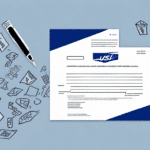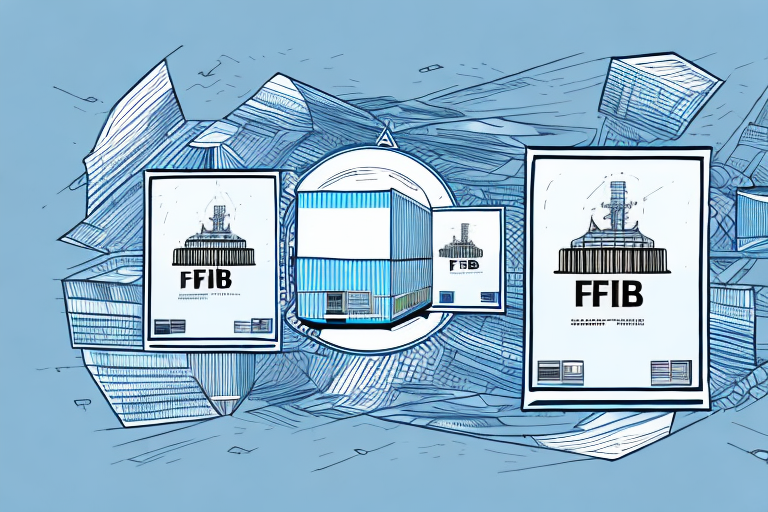The Importance of Shipping Insurance for Online Purchases
With the surge in global e-commerce sales, ensuring the safe delivery of packages has become paramount. Shipping high-value items without insurance exposes both sellers and buyers to potential losses caused by lost, stolen, or damaged goods during transit. According to a recent Ipsos study, over 20% of online shoppers have experienced issues with package deliveries, highlighting the need for reliable insurance solutions.
Understanding USPS Insurance Policies
Coverage Details
The United States Postal Service (USPS) offers insurance coverage for packages valued up to $5,000. For packages valued at $1,000, the insurance cost is relatively affordable, typically ranging from 0.5% to 2% of the declared value, depending on the shipping method and destination.
Types of USPS Insurance
- Priority Mail Express Insurance: Provides coverage for expedited shipping with guaranteed delivery times.
- Priority Mail Insurance: Offers coverage for standard and expedited shipping without a guaranteed delivery schedule.
- First-Class Mail Insurance: Available for lighter packages with a maximum value of $5,000.
- Package Services Insurance: Designed for bulk shipments and larger packages.
Limits and Exclusions
While USPS insurance covers a wide range of scenarios, it does not include:
- Perishable goods
- Live animals
- Hazardous materials
- Items with sentimental value
For a comprehensive list of exclusions, refer to the official USPS Insurance page.
Comparing USPS Insurance with Other Carriers
Cost Comparison
USPS insurance rates are often more competitive compared to other major carriers like FedEx and UPS. For instance, USPS charges approximately $2.50 for insurance on a $1000 package, whereas FedEx and UPS may charge upwards of $20.
Coverage Comparison
While USPS offers ample coverage for most standard packages, private carriers may provide additional services such as higher coverage limits, faster claims processing, and specialized handling for high-value or fragile items.
Pros and Cons
- USPS: Cost-effective, extensive reach, and various insurance options.
- FedEx/UPS: Higher coverage limits, expedited claims, and specialized services but at a higher cost.
How to Purchase and Calculate USPS Insurance Costs
Step-by-Step Guide to Purchasing
- Visit the USPS Insurance page.
- Select the appropriate shipping service based on your needs.
- Enter the package details, including weight, dimensions, and declared value.
- Review the insurance options and select the desired coverage.
- Complete the purchase during the shipping process.
Calculating Insurance Costs
Use the USPS Insurance Calculator to estimate the cost based on your package's declared value, weight, and destination. For a $1,000 package, insurance typically costs between $5 and $20, varying by service type and destination.
The Benefits and Limitations of USPS Insurance
Benefits
- Affordability: Competitive rates make it accessible for most users.
- Coverage Range: Protects against loss, theft, and damage during transit.
- Simplicity: Easy to purchase online or in person at USPS locations.
- Flexibility: Available for both domestic and international shipments.
Limitations
- Exclusions: Certain items and damages are not covered.
- Claims Processing Time: May take several weeks to process claims.
- Coverage Limits: Maximum coverage may not suffice for extremely high-value items.
For detailed information on limitations, visit the USPS Insurance Terms and Conditions.
Filing Claims for Damaged or Lost Packages
Steps to File a Claim
- Gather necessary documentation, including proof of insurance, receipts, and tracking information.
- Access the USPS Claims page.
- Complete the online claim form or submit a paper claim at your local post office.
- Provide detailed descriptions and evidence of the damage or loss.
- Submit the claim and monitor its status through the USPS tracking system.
Tips for a Successful Claim
- File Promptly: Claims must be filed within 60 days of mailing.
- Provide Comprehensive Evidence: Include photos and receipts to support your claim.
- Follow Up: Regularly check the status of your claim to ensure timely processing.
For more information, refer to the USPS FAQ on Filing Claims.
USPS vs. Private Insurance: Which One Should You Choose?
Choosing between USPS insurance and private insurance providers depends on your specific needs:
- Cost: USPS offers more affordable rates for standard coverage.
- Coverage Limits: Private insurers may provide higher coverage limits suitable for extremely high-value items.
- Claims Processing: Private insurers might offer faster and more efficient claims processing.
- Specialized Services: For fragile or highly valuable items, private insurance may offer specialized handling and coverage options.
Evaluate your package's value, the level of coverage required, and your budget to make an informed decision. For a detailed comparison, consult the Consumer Reports guide on Package Insurance Providers.
Conclusion
Shipping insurance is a crucial aspect of protecting high-value packages in the burgeoning e-commerce landscape. USPS offers affordable and reliable insurance options suitable for most standard shipping needs. However, assessing your specific requirements and comparing them with private insurance alternatives can help ensure that your valuable items are adequately protected during transit.
Always review the latest USPS policies and consider consulting with a shipping expert to determine the best insurance strategy for your packages.








